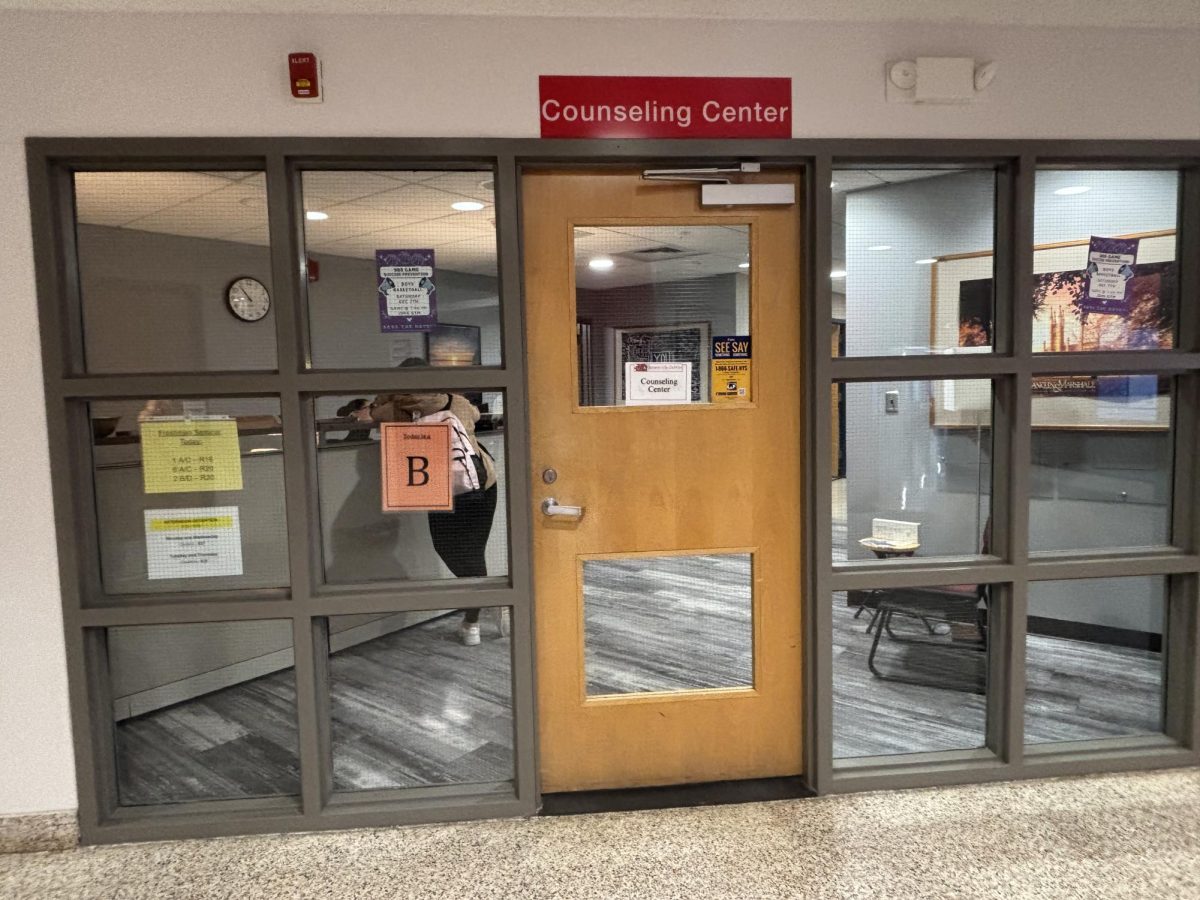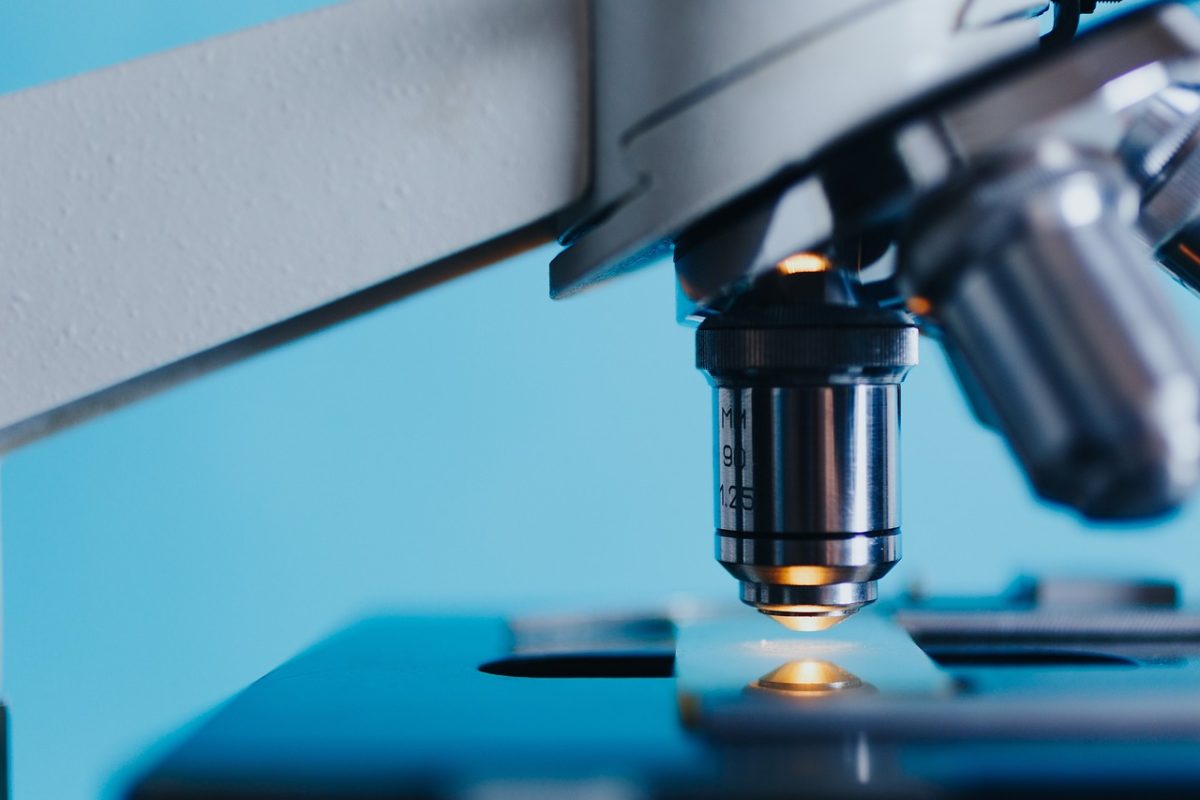Since the beginning of the 2021-2022 school year, there have been complaints about the varying temperatures around the school. Most have assumed it was due to the Blue Hall construction project, and the possibility of circulation issues because of this. Some of these complaints included different parts of the building being much colder than others, with vents blowing out cold air in the winter and the Green Hall classrooms connected to the library being scorching, even in the winter months.
In early December, the RamPage surveyed over 100 students and asked them their opinions about the temperature in the school. When asked the question, “Do you think some of your classes are oddly cold?,” 82% of students answered yes. 96% of students also said they believe the temperature in different rooms of the school is inconsistent. Lastly, when asked if they thought the temperature of the room they’re in affects their learning, half of students answered yes. Noting that this survey was conducted in December, results to these answers might have changed as the warm weather started to approach towards the end of the year.
The RamPage interviewed Head Custodian Leo Falter about the heating system of the school and some student and teacher temperature-related concerns.
The school currently has two steam boilers and two hot water boilers residing in the boiler room that handles a large portion of the building. There are also multiple forced air rooftop units that run on natural gas. These include rooms like the auditorium, the gyms and some other small areas. This means that part of the school runs on hot water boilers, another part on steam boilers, and the last part on forced air. This is one of the contributing reasons for the temperature variation in different parts of the school.
There are also a couple of different ways to transfer the heat into the classrooms. There are rooftop units, univents and registers. Rooftop units, as mentioned before, suck in outside air, which goes through a chamber that heats up the air and blows it down into classrooms. The steam and water units function a little bit differently. They operate on univents (the metal grates under the windows) that suck fresh air from outside in, and through fins, hot water or steam heats up the air. Each univent also has multiple levers in it that open and close depending on how warm the room is. If the room is warm enough and doesn’t need heat, it will shut the vent off and suck in fresh outside air. When the room eventually cools down, then it will open back up and let the air run through the fins that warms it. The last type of system are registers on the wall. Those are just a hot water pipe with fins and radiating heat. There are so many units because the systems and parts of the building were built in different years.
As for why the internal rooms of the school in the Green Hall (rooms with no outdoor windows) have such different temperatures, there are a few reasons. One is that they run off their own heating units. They’re also right above the boiler room, in which the ceiling can vary from 95 to 120 degrees. That means the concrete is heating up and acts as a natural radiant of floor heat. Once there was even a situation in which they had to run the air conditioning in those rooms during the winter because the temperature got so high.
One science teacher asked Falter why his classroom was 65 degrees, and his office was almost 80. Falter explained that because of the construction project, especially in the science rooms. There are huge temperature swings since underneath them where the construction is taking place, since this area is much less heated than the rest of the building. He also explained how the whole thermostat system in the building was in the process of being rewired by a new company the school was working with to hopefully help with the issue. He noted that the company, called Day Automation, would be working on this for the next few years and currently a new room was being rewired every week, as a majority of the rooms in the school has their own thermostat.
Another issue that was contributing to the temperature variation was the number of “brown-outs” that have occurred. This causes the school to lose electricity, and also wreaks havoc on motors and computer systems. When this happens, usually at night, the boilers could shut down and have to be rebooted in the morning. The custodial staff does their best to get the boiler back up and running and get the school back to temperature, as they have no control of the brown-outs. Sometimes this includes turning the temperature up very high just to warm up the school. When this happens, the rooms closest to the boilers get quite hot and classrooms furthest are still cold since they take longer to warm up.
At the time, Falter said the construction was contributing to about one-third of the current temperature issues. He also explained that there are currently multiple construction projects occurring like the capital project, the Day Automation project, and the lighting change around the school. Another one-third can be attributed to random situations like the brown-outs or a board malfunction that could make the heating system pump out cold air — this usually occurs after brown-outs. The last one-third consists of teachers’ needs. What one teacher may like others may not. This has been an issue especially with multiple teachers sharing classrooms and others migrating rooms throughout the day specifically this year. This has made it hard on the custodial staff when they have one teacher calling them saying their room is too cold and then the other teacher using that room telling them it’s too hot. The median thermostat temperature in classrooms is usually around 71 or 72 degrees.
New York currently has a law that schools have to be at a minimum of 65 degrees at all times, but not a maximum. There is currently a bill in the State Senate (S1825A) that, if passed, would establish a maximum temperature schools are allowed to reach. The bill states, “Schools shall be required to take action to relieve heat related discomfort when the occupied space temperature reaches eighty-two degrees fahrenheit. Educational and support services spaces cannot be occupied if room temperature reaches eighty-eight degrees fahrenheit.”
The cooling system of the school is a lot less complicated than the heating system. The cooling system consists of numerous rooftop units that cool different areas of the school. There are also a few classrooms that have window air conditioning units that are mainly for medical reasons. Updates for both heating and cooling systems come with capital projects as needed. As for now, Falter said the next year is going to be iffy as Day Automation makes the updates. He hopes that after the updates are completed there will be fewer temperature-related issues that occur in the school, and we can only hope for the same.





































